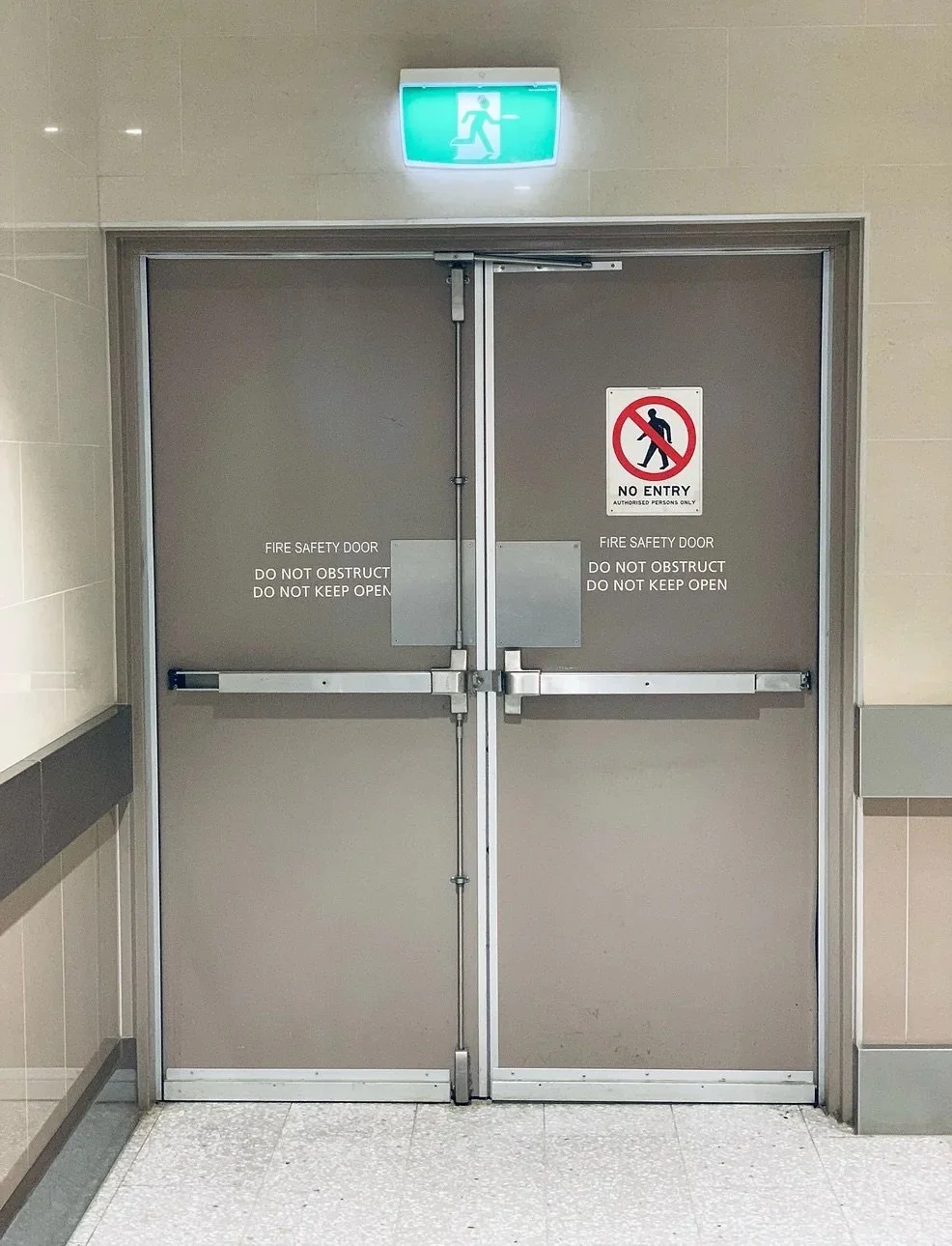The Future of Fire Protection: How Smart Technology is Shaping Fire Smoke Doors
The Future of Fire Protection: How Smart Technology is Shaping Fire Smoke Doors
As technology continues to advance, so too does fire protection. Fire smoke doors, which were once simple barriers designed to block fire and smoke, are now evolving into sophisticated, smart systems that seamlessly integrate into modern buildings. With the rise of innovations like smart sensors, automated closing mechanisms, and real-time monitoring, these doors are becoming more efficient, responsive, and reliable. The result is enhanced safety for building occupants and reduced maintenance efforts for property managers, creating a safer, smarter built environment.
One of the most exciting developments in fire smoke doors is the integration of smart sensors. These sensors are capable of detecting changes in temperature, smoke, or airflow, and they can automatically trigger the door to close when necessary. By linking fire smoke doors to the building’s fire alarm system, they work in perfect synchronization to ensure that the building is protected during a fire emergency. The real-time data provided by these sensors allows fire doors to react instantly to any signs of danger, offering an unprecedented level of protection.
In addition to smart sensors, automated closing mechanisms are revolutionizing how fire smoke doors function. Unlike traditional fire doors that require manual operation, smart fire doors close automatically in response to fire detection. This ensures that the door seals properly every time, which is especially critical in large or complex buildings where manual operation might be impractical or time-consuming. With these automated mechanisms, fire doors close as soon as a fire hazard is detected, creating an airtight barrier that can prevent the spread of fire and smoke. This automated response not only saves valuable time but also enhances the effectiveness of fire protection systems.
Another breakthrough in the future of fire protection is real-time monitoring. With advanced monitoring systems, property managers can keep track of the condition of fire smoke doors, ensuring that they are functioning as they should. These systems alert property managers to any issues, such as malfunctioning sensors or door failure, and provide instant notifications that allow for quick action. Whether it’s a simple repair or a more serious malfunction, having access to real-time updates ensures that potential problems can be addressed before they compromise safety. This proactive approach helps to prevent costly repairs and ensures that fire smoke doors are always ready to perform in the event of an emergency.
For property managers and building developers, the integration of smart technology makes fire protection not only more effective but also easier to maintain and manage. Remote monitoring systems allow for regular maintenance checks without the need for on-site inspections, reducing the labor and resources required to ensure that fire doors are always in optimal working condition. These advancements simplify compliance with fire safety regulations, allowing property managers to demonstrate that their building is consistently meeting the required standards.
As smart technology continues to reshape the future of fire protection, the potential for safer, more efficient buildings grows. Fire smoke doors are no longer static barriers; they are active, intelligent systems that respond to the needs of the building and its occupants. For those looking to stay ahead of the curve, adopting these technologies now will ensure a higher level of protection and smoother building operations for years to come. With the ability to prevent issues before they arise, reduce maintenance efforts, and respond to fire emergencies more effectively, smart fire smoke doors are paving the way for the next generation of fire protection in modern buildings.

